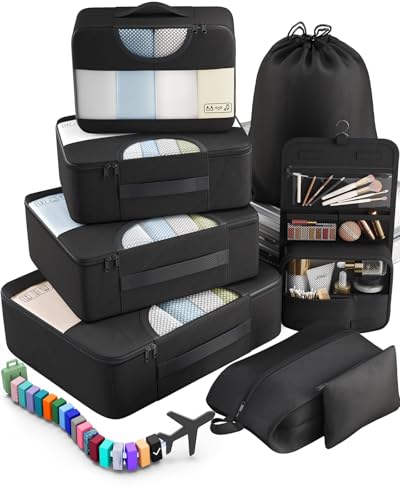In Iran, they use Type C and F power plugs and outlets. The voltage is 230V, and the frequency is 50Hz.
So, you’ll need a travel adapter in Iran. Their plugs and outlets are different from the Type A and B ones we use back in the States.
Quick Overview of the Plugs in Iran:
- Plug type in Iran: C and F
- Standard voltage: 230V
- Frequency: 50Hz
- Need a travel adapter? Yes, you do need a travel adapter
- Need a voltage converter? Most devices won’t need one — some might
- Recommended plug adapter: Vintar Universal Travel Adapter Kit
The details provided here come directly from local power authorities, international standards like the IEC, and practical feedback shared by travelers across the globe.
The Only Travel Adapter You’ll Need in Iran
Finding the right travel adapter for Iran can be confusing. That’s why we did the homework for you. We don’t sell them, but here’s the best one for safe, worry-free charging:
Recommended Travel Plug Adapter
by 1,000+ travelers on Amazon
Already on your trip or just landed and realized you forgot your power adapter? It’s not ideal, but you’re probably fine—most places sell them. Still, packing one ahead of time makes things a lot smoother.
Travelers visiting Iran often explore neighboring countries like Pakistan, Turkey, and Armenia. Be sure to check plug compatibility.
Power Outlets in Iran
In Iran, they use Type C and F power plugs and outlets.
Type C

Type C outlets have two round prongs and no grounding pin. Type E and F plugs usually fit too, but grounded plugs will need an adapter.
Type F

Type F outlets have two round prongs and grounding clips on the sides. Type C and E plugs will also fit.
Do You Need a Voltage Converter?
You’ll probably need a voltage converter in Iran since your device’s voltage has to match the local power supply. In the U.S., we use 120V, but Iran operates on a different voltage, so a converter is required.
Before using your electronics in another country, always check the voltage label to make sure it’s compatible. If it states “100-240V, 50/60 Hz”, your device can handle both 120V and 220-240V without needing a converter. Many modern gadgets, including laptops, tablets, and cameras, support this.

Which Travel Devices May Need a Converter?
Looking for a solid voltage converter? These highly rated options are a good place to start.
| Device | Need Converter? | Notes |
|---|---|---|
| Phone | ❌ No (usually) | Most modern phone chargers are dual voltage (100–240V) |
| Laptop | ❌ No (usually) | Check the power brick label for 100–240V |
| Hairdryer | ✅ Yes (often) | High wattage; many models are not dual voltage |
| Electric toothbrush | ⚠️ Check voltage | Some models are 110V only |
| Camera / DSLR | ❌ No (usually) | Most chargers are dual voltage |
| Power bank | ❌ No | Charges via USB, adapter is enough |
| Electric shaver / trimmer | ⚠️ Check voltage | Older or cheaper models may not support 230V |
| Tablet / iPad | ❌ No | All models are dual voltage |
| Portable fan | ✅ Yes (sometimes) | Many models are not compatible with 230V |
| Game console | ⚠️ Check voltage | Newer consoles like PS5 and Xbox are often dual voltage — check to be sure |
| Bluetooth speaker | ❌ No (usually) | Charges via USB |
| E-reader (Kindle, etc.) | ❌ No | USB charging only, no converter needed |
Top Travel Essentials to Pack
If you want to travel smart, it helps to go beyond the usual checklist. Here are a few compact extras that can make a big difference.
Digital Luggage Scale
Packing Cubes
Power Bank
More About Iran
Iran is massive—about the size of Alaska—and boasts diverse landscapes: mountains, deserts, forests, and beaches. It welcomed over four million visitors in 2024, edging back toward its record pre-pandemic tourism levels.
It’s an ancient culture factory: Persians invented the modern calendar, poetry, gardens, polo—and sites from Persepolis to Yazd scream layers of history. Plus, hospitality is legendary—locals often invite tourists for tea, meals, and conversation.
Logistics are smooth: domestic flights are cheap (some routes go for around $50), trains and buses knit major cities together, and even in a big country, travel is easy so long as you plan around festivals or seasonal heat.
Top places to visit in Iran: Tehran, Isfahan, Shiraz, Yazd, and Persepolis.




